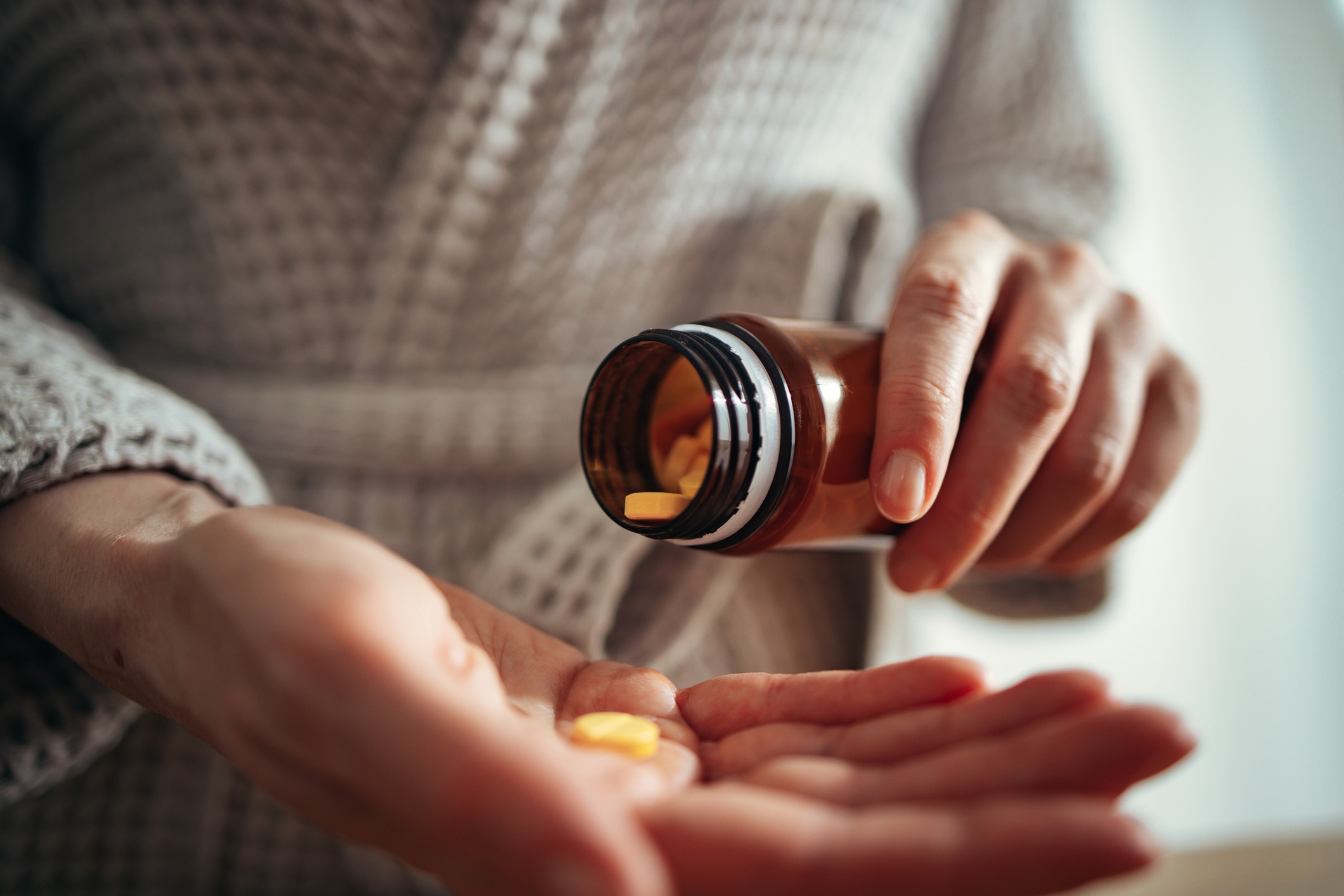
Opioids/ Prescription Painkillers
The perceived safety of prescription opioid drugs causes many to underestimate their potency and abuse potential.
The Centers for Drug Abuse and Prevention
Every day, 46 people die from a prescription opioid overdose.

Prescription opioids remain popular drugs of abuse, providing a euphoric sensation of pain relief and seeming safer than hard drugs like heroin and cocaine. But more than 200,000 prescription opioid overdose deaths in the last two decades tell a different story. The most common drugs involved in opioid overdose deaths are methadone, oxycodone, and hydrocodone. However, synthetic opioids — excluding methadone — were responsible for more than 28,000 deaths in 2017.
PRescription Opioid Abuse
According to the Centers for Disease Control and Prevention (CDC), there are roughly four categories of opioids: natural opioids, such as morphine and codeine; semi-synthetic opioids, like hydrocodone and oxycodone; synthetic opioids like fentanyl and methadone; and heroin, which is an illicit opioid developed from morphine. Prescription opioids can be misused by being taken orally in an unprescribed or unadvised manner, whether pills are taken in excess, chewed, crushed and snorted, or dissolved in water and injected.


Fast Facts about Prescription Opioids
Opium has been a drug of addiction for thousands of years. Morphine was isolated from opium in 1805 and became renowned for its pain-relieving and anesthetic qualities. Heroin was synthesized in the late 1800s and rapidly perpetuated addiction, being much more potent than morphine.
The development of opioid drugs continued over the next century, but it wasn’t until the 1990s that prescription opioid abuse reached epidemic levels, as large pharmaceutical companies touted their opioid drugs as non-addictive. Because of this, and the perception that prescription opioids were safer than street drugs, prescriptions of OxyContin increased from 670,000 in 1997 to 6.2 million in 2002, according to the 2018 study, “A Brief History of the Opioid Epidemic and Strategies for Pain Medicine.” While prescription numbers have dropped significantly since then due to oversight and regulations, opioid misuse continues to be a snare to many, from adolescents to seniors. In late 2017, the The US Health and Human Services Department declared the opioid epidemic a public health emergency.
- In 2017, over 11 million people ages 12 or older reported misusing prescription pain relievers, compared to less than a million who used heroin.
- Every day, 46 people die from a prescription opioid overdose.
- The 2018 Monitoring the Future Survey reveals that 2.3% of 12th graders reported using OxyContin in the past year.
- The National Survey on Drug Use and Health states that in 2017, 2.3% of the US population misused prescription hydrocodone drugs, which includes Vicodin, Lortab, Norco, Zohydro ER, and generic hydrocodone.
- Over 2 million people misused oxycodone products like OxyContin in 2017.
- It’s estimated that 80% of individuals who use heroin began by abusing prescription opioids.
- Street names for oxycodone include Percs, Oxy, Hillbilly Heroin, and Killers.
Prescription opioids are depressants, relieving pain and flooding the brain with dopamine, providing euphoria, drowsiness, and slowed breathing and heart rate. They can also cause dizziness, confusion, and low blood pressure. Excessive amounts and long-term use put users at risk of cardiac arrest or severely depressed respiration. Withdrawal symptoms include nausea, anxiety, muscle pain, fever, diarrhea, and cold flashes.
Treating Prescription Opioid Addiction
Addiction to prescription opioids is very treatable. At The Meadows Malibu, we provide detox supervised by medical professionals and residential rehabilitation focused on restoring the whole person. We also treat underlying mental health conditions, which often propel self-medicating tendencies. Our treatment teams create tailored plans for long-term recovery, incorporating a resident’s personal interests into a proven protocol of individual and group therapy, practices like meditation and yoga, and an emphasis on wellness and nutrition.
We equip individuals with the training, resources, and tools they need to sustain recovery. We address the physical and psychological effects of opioid abuse and prepare individuals for the road ahead, giving them life skills and strategies to embrace meaningful, drug-free lifestyles for the long-term.

Find out more from these trusted sources:

We’re Ready to Help
Is it time to take that next step? Our Admissions team is here to help 24 hours a day and will treat you with compassion, dignity, and respect. The Meadows’ Admissions Specialists are here to help you on your way to the healthier, more fulfilling life you imagine. If you are interested in The Meadows Malibu for yourself or a loved one, call or fill out a contact form today!